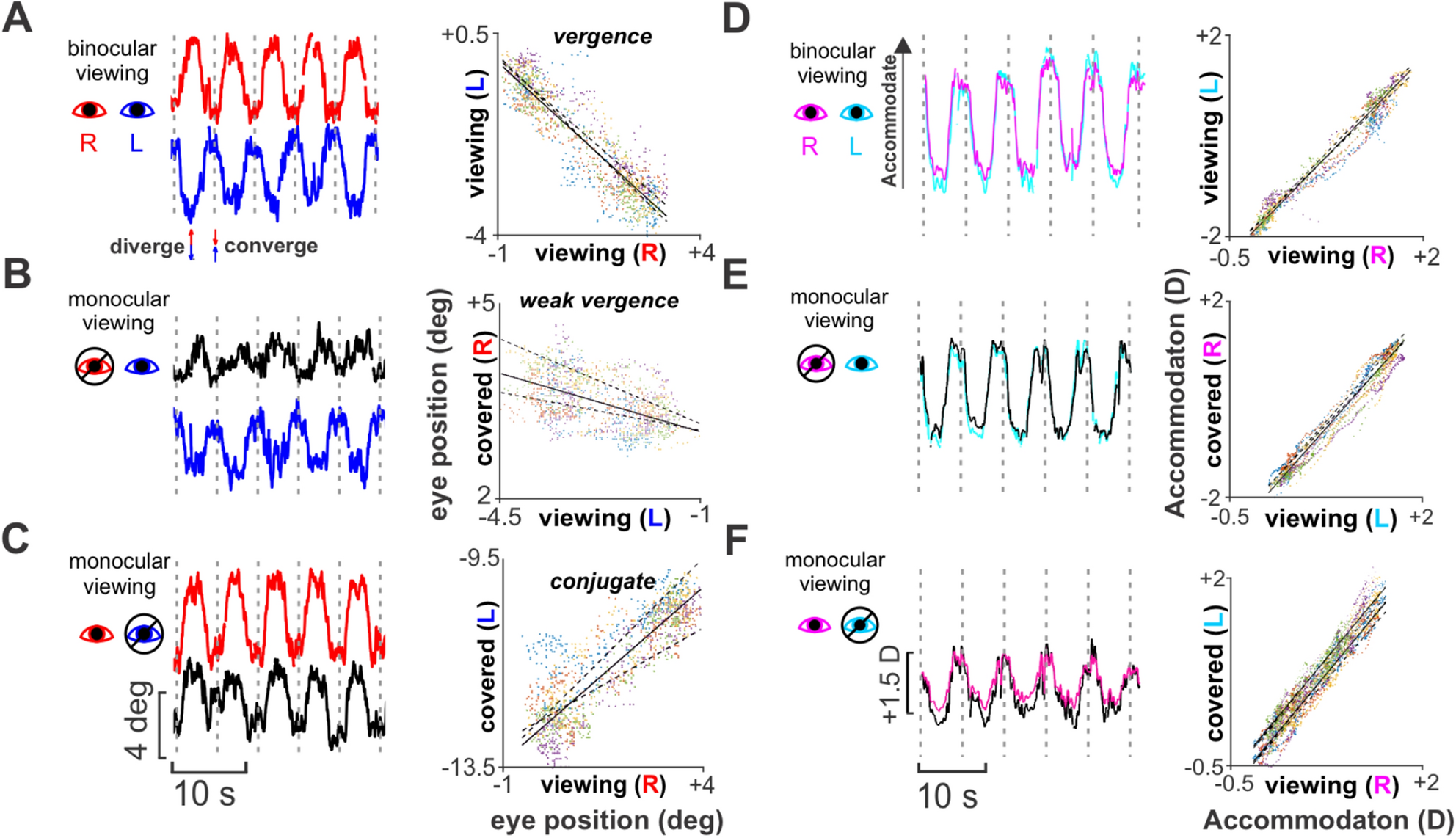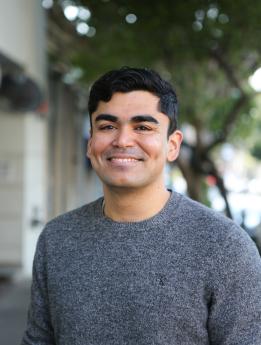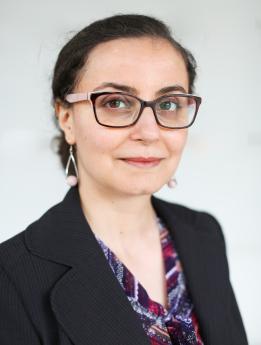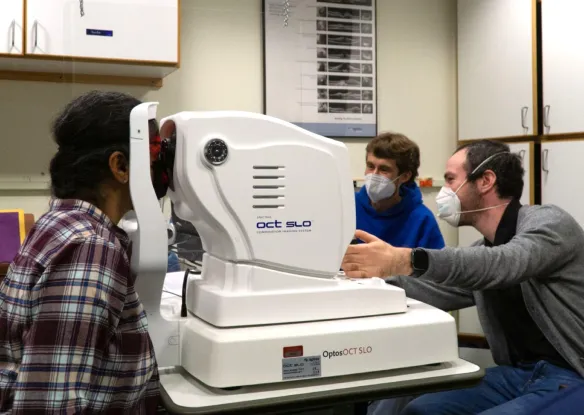Binocular Vision, Strabismus, Amblyopia, Cerebral Visual Impairment Our laboratory investigates mechanisms of normal and abnormal visual development in children and adults with special emphasis on cerebral visual impairment, acquired brain injury, strabismus and amblyopia. Our aim is to improve detection, diagnosis,
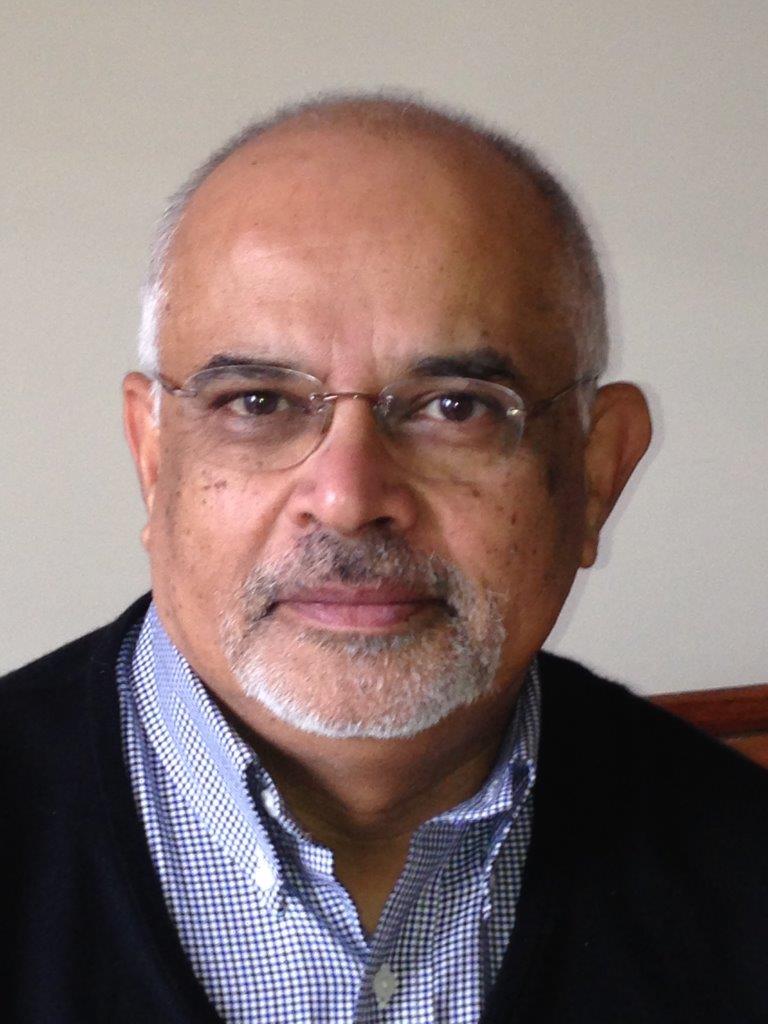
Principal Investigator:
Arvind ChandnaStrabismus misaligned eyes is a common developmental condition in young children that can lead to amblyopia or poor vision and other forms of low vision. This project looks at the eye movements in relation to accommodation or focusing power in these patients to determine predictors of strabismus and outcome of treatment, with the goal of improving early detection, intervention and treatment.
In his clinical work as a pediatric ophthalmologist, Dr. Chandna has noted seemingly different patterns of eye movements as patients recover binocular fusion during a routine cover test. Strabismus, a common condition is often suspceted to be a mismatch beywen eye movemnets and focusing power (accommodation) of the eyes. Given that outcomes forand treatment of strabismus are often less than ideal , we are asking the extent to which these recovery eye movements ad relationshoip with accommodation are indiciative of how the binocular system is failing – and thus these patterns can be predictors as to which patients are most likely to benefit from medical or surgical intervention. In this project, we are first developing methods for eye tracking ad measuring accommodation simultaneously in pediatric and adult patients in a clinical setting. The next step is to gather large amounts of accommodation and recovery eye movement data and follow the course of treatment and outcome for patients. Classification of these data will reveal whether or not discernable patterns are reliable, and the degree to which they predict outcome.
Publications
Journal Articles
